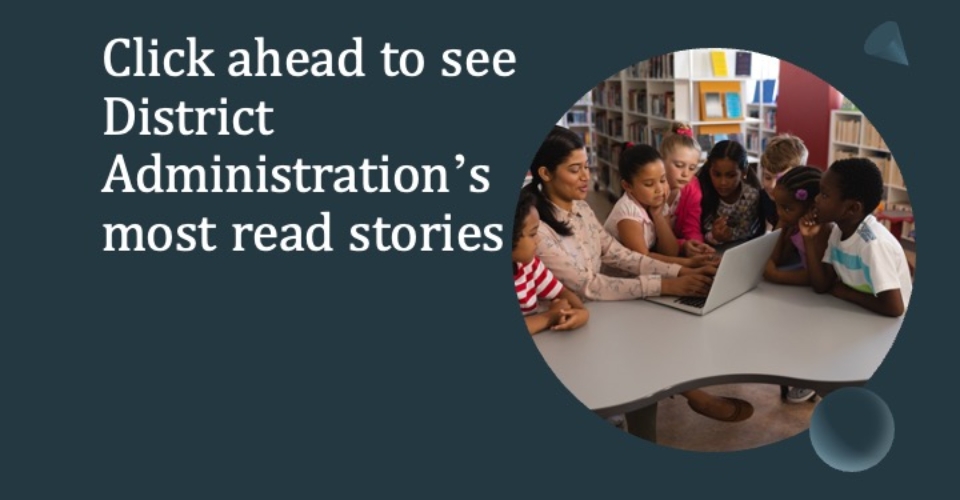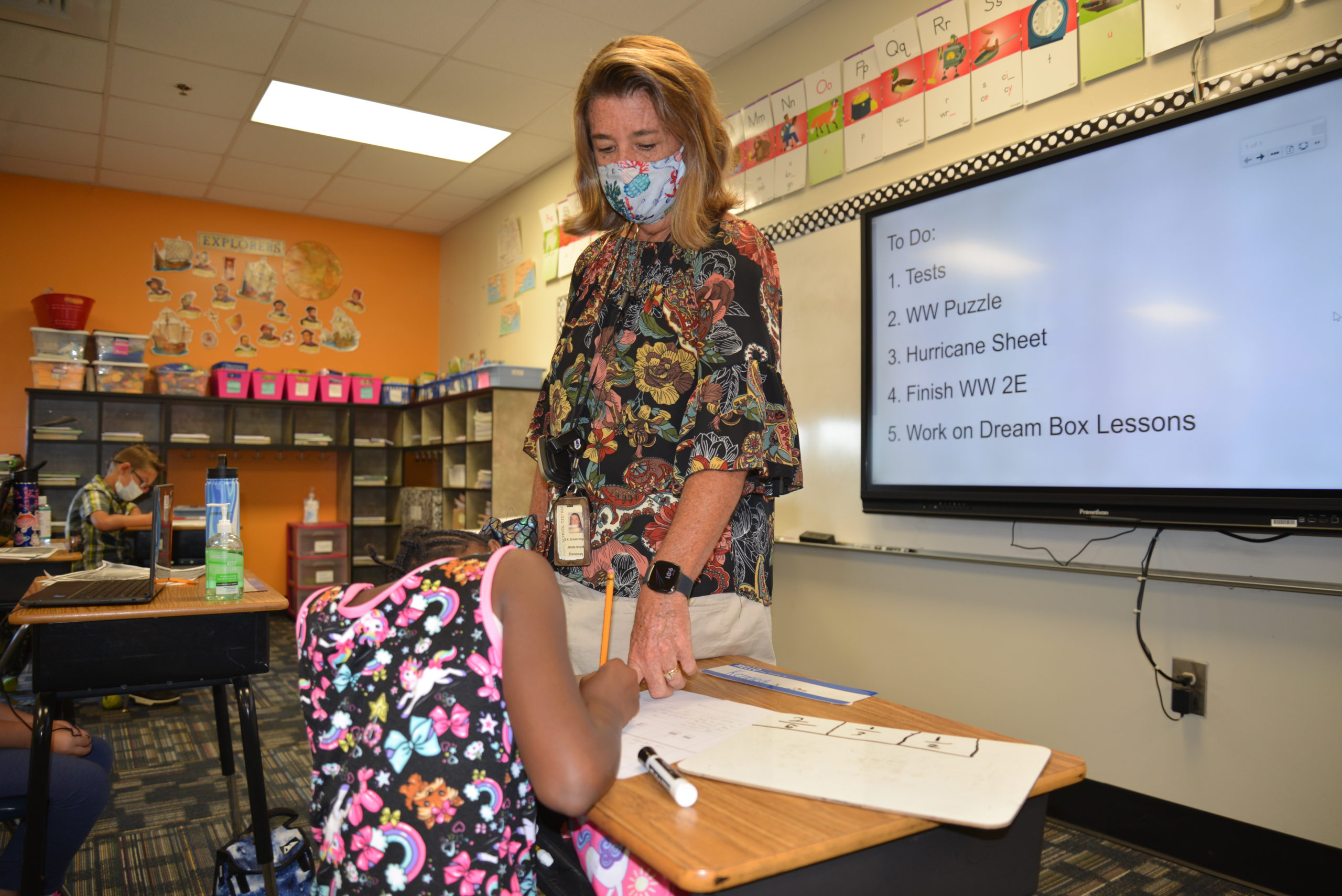Recently, I began working with six Spanish-speaking students in fourth and fifth grade who didn’t know English. In less than two months, they had begun not just reading, but understanding what they read. There’s no secret to how we did it. My students put in the work, and I offered them instruction based in the science of reading, which is effective for all students, not just those who are learning English or in need of additional support.
In fact, the science of reading is simply the best research available into how students learn to read. As an academic coach, I’ve been working with teachers in Suwanee County School District for years to deliver foundational literacy instruction. Here’s the why and how behind our adoption of the science of reading.
Why is the science of reading Important?
The science of reading is a body of research from fields such as psychology, neuroscience, education, linguistics, and others. It describes how the brain learns to read and offers best practices for instruction. Unfortunately, many teachers are not being taught how to use the science of reading in their classrooms, though the situation is improving. A 2020 report from the National Council on Teacher Quality found that, for the first time, more than half of teacher preparation programs in the country were adequately teaching key elements of the science of reading to students.
Ensuring that new teachers coming out of school—and those already in the field—know the science of reading can make an enormous difference in students’ lives. If you come to class on the first day of school as a teacher, and you find you have a student with dyslexia, how will you help your student learn to read? In Florida, where I teach, teachers can’t diagnose a student with dyslexia, but we still have to help students overcome it. Fortunately, the science of reading equips teachers to help students with dyslexia—and in fact all students—learn to read most effectively.
Professional development for the science of reading at all grade levels
I began working with teachers on the science of reading about four years ago when my school, Suwannee Pineview Elementary School, piloted Reading Horizons in six classrooms. Their professional learning specialist helped get me started with the science of reading, and then I just started reading every book, blog, and article I could get my hands on, and listening to every podcast I could find.
Since then, our district has rolled the program up through several elementary schools and even into our middle and high schools. I received additional training in Reading Horizons Elevate, which is designed for students in middle and high school, because teachers in those grades tend to not be comfortable with teaching foundational skills. I wanted to be prepared in every way possible to help these teachers with students that struggle with decoding.
Most of our professional learning has come in small training sessions covering a variety of topics within the science of reading. Most of those have centered on structured literacy, which is basically how to apply the science of reading to instruction in a systematic way. When teachers are introduced to the new reading program, they are trained on the simple view of reading and Scarborough’s Reading Rope, which introduces a lot of science of reading ideas.
More from DA: How this superintendent is driving the local economy to help his district thrive
We’ve held training sessions on individual parts of the rope, such as morphology, syntax, phonemic awareness, and phonological awareness. Some teachers, like me, get really excited about the science of reading and want to learn everything they can about it, and they have opportunities to really dig in deeper. For example, some coaches in our district took what they had learned at a state conference and they offered a session about the science of reading during a country-wide professional learning day.
Supporting teachers through the transition
When we adopted the science of reading, I was lucky to have all new teachers at the kindergarten and first-grade level, so they didn’t have to unlearn any less effective habits. I just told them, “This is our practice,” and they were eager to learn.
Even if it was an easy start for teachers of our youngest students, years later many of our teachers need ongoing support. I’m in and out of their classrooms every day, so they can ask me questions whenever they arise. Often, at the beginning of the year, they’ll ask me to model a lesson for them, and of course, I oblige. Once I even spent an entire week in a teacher’s classroom modeling lessons until they felt comfortable doing it on their own.
I have found that teachers of older students can struggle a bit more with the transition to the science of reading. The basics, such as phonics and phonological awareness, can be difficult for them to master. They tend to think struggling students are having trouble with comprehension, even when they’re actually having problems with decoding. As they’ve received more training over the last few years, I’ve seen these teachers beginning to realize, “Oh, I need to do something different, and it’s not more comprehension strategies,” so I think the answer is simply continuing to work with them.
They just need support in the classroom and modeling. When I first started coaching the science of reading, I had some middle and high school teachers ask me how to do a fluency prompt. It’s not that they were bad teachers or not good at teaching literacy. They just weren’t trained in literacy, because students are usually reading on their own by the time these teachers work with them.
I have found that sight words can produce that “aha!” moment when understanding of the science of reading begins to fall into place. A lot of times, teachers just want to run flashcards in front of students, but that’s ineffective because it takes so many repetitions for words to become recognizable on sight. When I can help teachers understand that the brain reads through phonological awareness—connecting sounds to letters—and connecting that to semantics, they begin to understand the language triangle—and the rest will start to fall into place.
Start slowly but start now
For teachers who are just learning about the science of reading and how to implement it, I would say go slowly. There’s a lot of research and, for teachers who aren’t excited to learn about reading, it can feel overwhelming. Just as our district has had plenty of small professional learning sessions and offered ongoing support for teachers with questions, I would recommend beginning simply and layering in new concepts over time.
The other piece of advice I would offer is to start now. The science of reading isn’t new. It’s already been around for decades. Often, the teachers I work with tell me that they wish they could go back and apologize to previous students for not teaching them better strategies. But teachers can’t adopt teaching methods we don’t know about.
What we can do is learn and practice the best methods available today to give our students the best opportunity to have a successful future in school and beyond. When it comes to literacy, the best methods are the science of reading.









